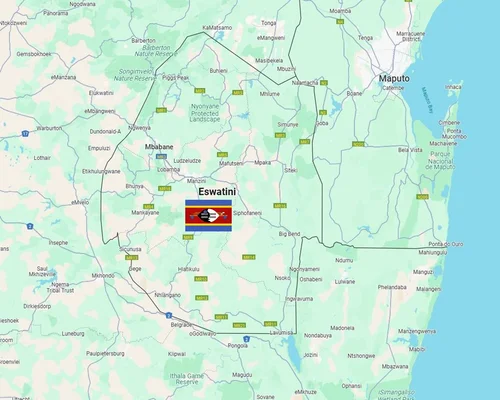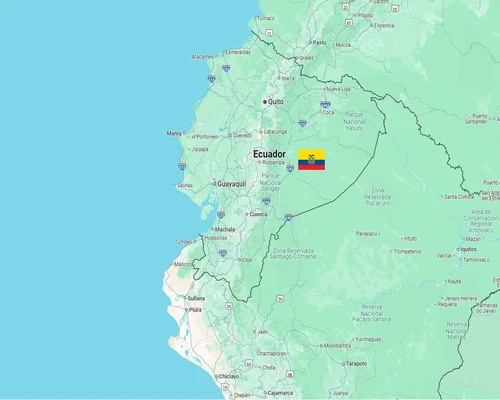
Fact About Argentina Country
Argentina Country Information
Argentina is a large country in South America, famous for its natural beauty, diverse landscape, and rich culture. It is also known worldwide for its football, tango dancing, and its meat-based cuisine.
Basic Information:
Capital: Buenos Aires.
Location: Southern South America.
North: Bolivia and Paraguay.
East: Brazil, Uruguay, and the Atlantic Ocean.
West: Chile.
Area: 2,780,400 square kilometers (8th largest country in the world).
Population: About 45 million (as of 2023).
Language: Official language is Spanish.
Currency: Argentine peso (ARS).
Religion:
Mainly Roman Catholic.
There are also other religions and atheistic sects.
History:
Ancient times:
Indigenous groups, such as the Inca civilization, had influence in the northern regions.
Spanish colonial rule:
Spain first colonized Argentina in 1536.
Argentina declared independence in 1816.
Modern times:
The country prospered economically in the 20th century, but faced military rule and economic crises.
It is now a democratic state.
Economy:
Main sectors:
Agriculture: World leader in wheat, soybeans, corn, and beef exports.
Industry: Automobiles, food processing, and textiles.
Tourism: The Andes Mountains, Patagonia, and Iguazu Falls are attractive tourist destinations.
Oil and minerals:
Argentina has oil reserves and other mineral resources.
Challenges:
High inflation and foreign debt.
Geography and climate:
Geography:
The country is rich in diverse landscapes from north to south.
Andes Mountains, Pampas Plains, and the Patagonian Tundra.
Climate:
Warm in the north, temperate in the middle, and cool in the south.
Severe cold in the Patagonian region.
Culture:
Football:
Argentina is a major force in world football.
Home to legendary players such as Lionel Messi and Diego Maradona.
Winner of the FIFA World Cup in 1978, 1986, and 2022.
Tango:
Traditional Argentine dance and music, popular worldwide.
Food:
Beef-based dishes, such as asado (barbecue) and empanadas.
Mate: Traditional Argentine tea drink.
Festivals:
Carnival and Gaucho Day.
Literature:
Famous writers: Jorge Luis Borges and Julio Cortázar.
Tourist attractions:
Iguazu Falls:
It is one of the largest and most beautiful waterfalls in the world.
Patagonia:
Famous for its glaciers, mountains, and wildlife.
Mount Aconcagua:
The highest mountain in South America.
Buenos Aires:
The city is famous for its architecture, tango, and nightlife.
Bariloche:
A ski resort and a favorite destination for nature lovers.
Health and Education:
Health:
The government provides free healthcare.
Modern hospitals and medical facilities.
Education:
Public education is free.
The cost of education is also low at the university level.
Special Features:
Flag of Argentina:
Blue and white with the Sun of May.
National Symbol:
Gaucho: Symbol of Argentina traditional cowboy culture.
World Largest Dinosaur Bone:
The world largest dinosaur fossil has been found in Argentina.
Falkland Islands:
The Malvinas Islands are in dispute with Britain over ownership.
Conclusion:
Argentina is a unique country with a rich history, diverse natural environment, and vibrant cultural heritage. While the country is known for its football, tango, and beef, its natural beauty and tourism potential are also of global interest.



























